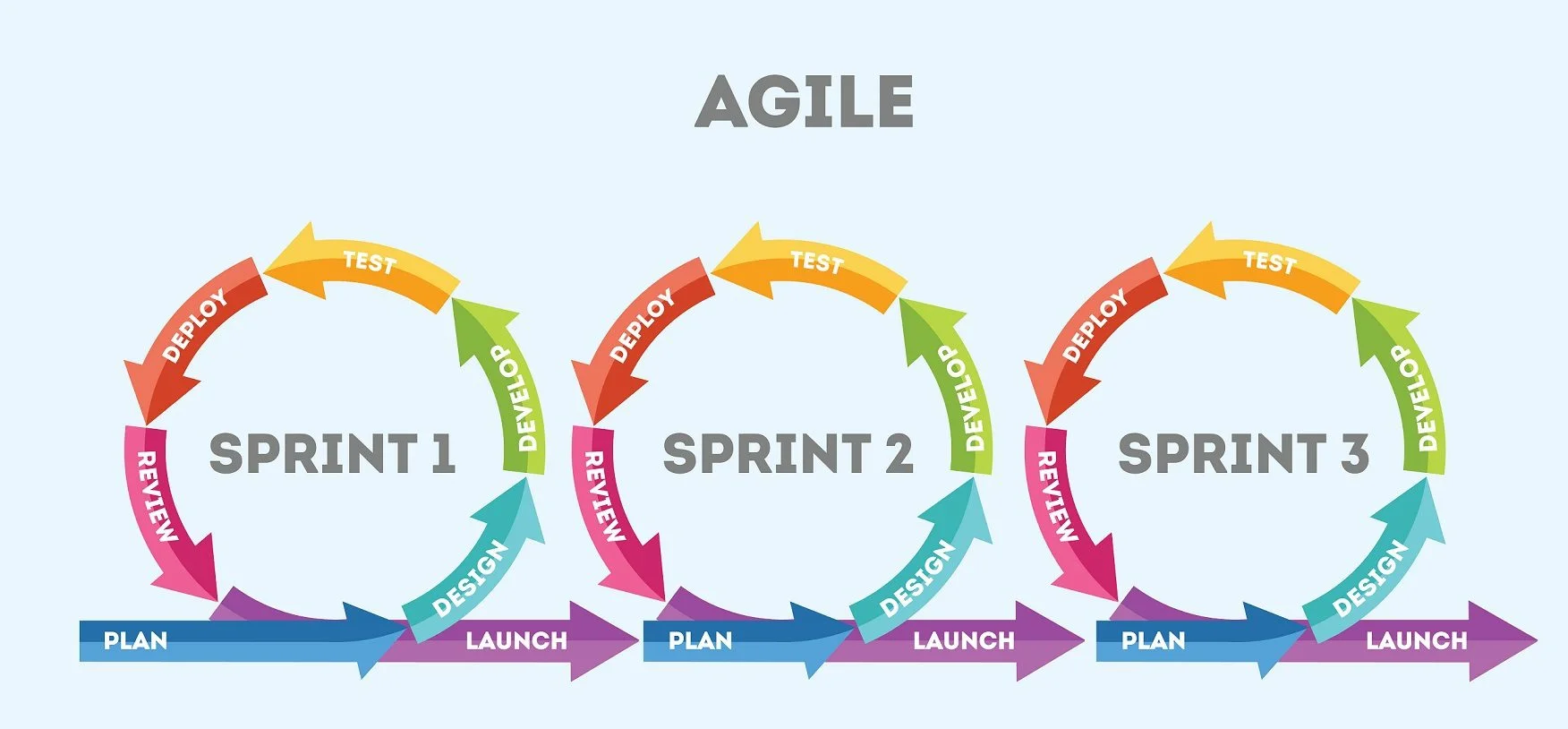Best Practices for Agile Software Development in 2024
Best Practices for Agile Software Development in 2024
1. Embracing DevOps Culture
DevOps has become an integral part of modern software development. The seamless integration of development and operations teams streamlines the entire software delivery pipeline, enabling faster releases, improved collaboration, and better quality control. This section delves into the principles of DevOps and how teams can cultivate a DevOps culture within their organizations.
2. Microservices Architecture for Scalability
As applications grow in complexity, the need for scalable and maintainable architectures becomes paramount. The article discusses the advantages of adopting a microservices architecture, breaking down monolithic applications into smaller, independently deployable services. It explores how this approach can enhance scalability, flexibility, and ease of maintenance in Agile projects.
3. Continuous Integration and Continuous Deployment (CI/CD):
In an era where rapid and reliable software releases are essential, CI/CD pipelines play a crucial role. This section provides insights into implementing robust CI/CD processes, ensuring automated testing, continuous integration, and seamless deployment. It discusses tools and practices that can streamline the development workflow and reduce the risk of errors in production.
4. AI and Machine Learning in Software Development:
Artificial Intelligence (AI) and Machine Learning (ML) are increasingly influencing the software development landscape. This article explores how integrating AI and ML technologies can enhance various aspects of the development lifecycle, from automating repetitive tasks to improving code quality through intelligent analytics.
5. Security-First Approach
With cyber threats on the rise, incorporating security measures from the outset is non-negotiable. This section emphasizes the importance of a security-first approach in Agile development. It explores best practices for secure coding, threat modeling, and regular security assessments to safeguard applications against potential vulnerabilities.
Conclusion
As we navigate the dynamic world of software engineering in 2024, staying informed about the latest trends and adopting best practices is crucial for success. This article has provided a glimpse into key areas such as DevOps, microservices, CI/CD, AI, ML, and security, empowering software engineers to build robust and innovative solutions in the Agile paradigm.

Comments
Post a Comment